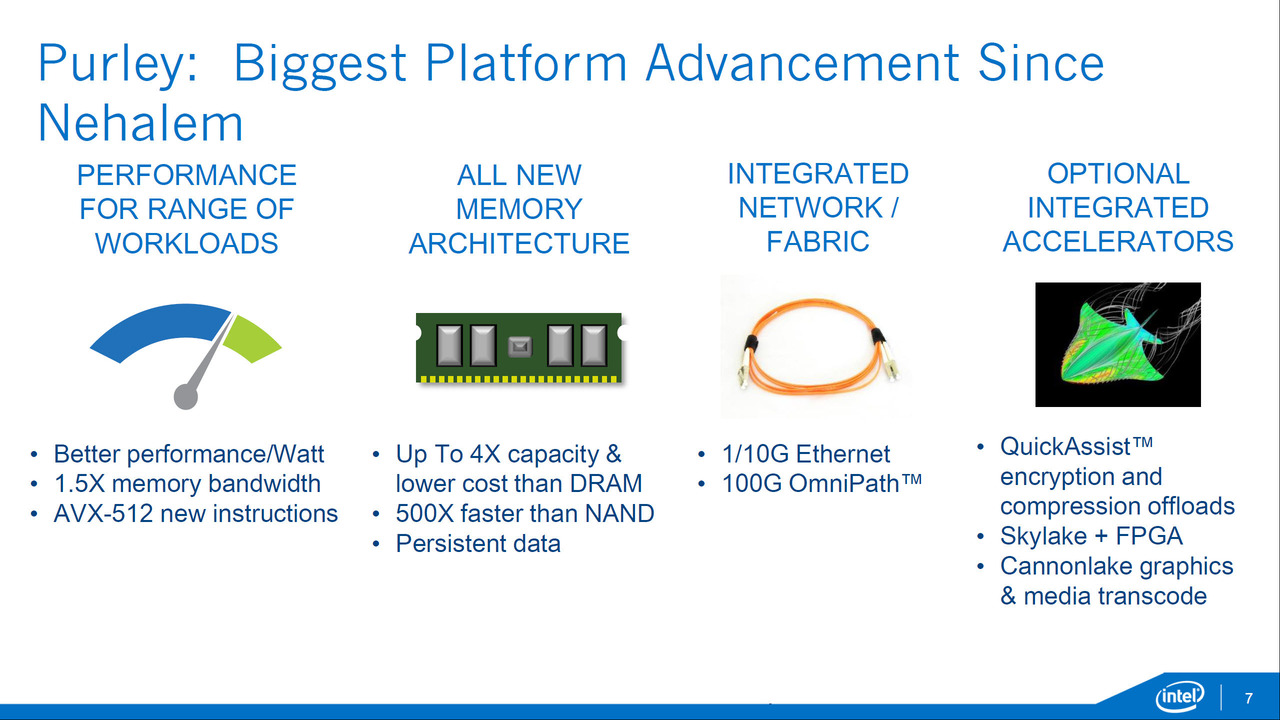Interesting...
https://intel-micron-webcast.intel.com/webcast
http://www.intelsalestraining.com/infographics/memory/3DXPointc.pdf
http://newsroom.intel.com/docs/DOC-6713
Maybe?
http://seekingalpha.com/article/3253655-intel-and-micron-the-purple-swan
- 3D XPoint technology has up to 1000x the endurance of NAND
- 3D XPoint technology is up to 1000x faster than NAND
- The companies invented unique material compounds and a cross point architecture for a memory technology that is 10 times denser than conventional memory
https://intel-micron-webcast.intel.com/webcast
http://www.intelsalestraining.com/infographics/memory/3DXPointc.pdf
http://newsroom.intel.com/docs/DOC-6713
Maybe?
http://seekingalpha.com/article/3253655-intel-and-micron-the-purple-swan
- 3D XPoint technology has up to 1000x the endurance of NAND
- 3D XPoint technology is up to 1000x faster than NAND
- The companies invented unique material compounds and a cross point architecture for a memory technology that is 10 times denser than conventional memory
Last edited:





